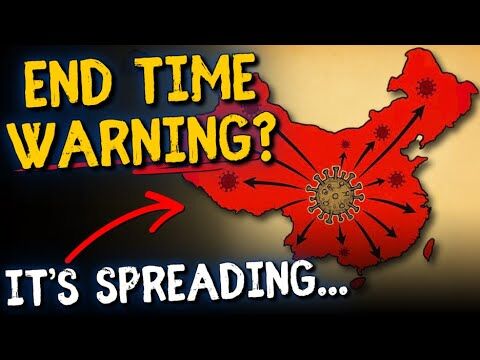Have you ever asked yourself if you made the right choice when you purchased your last Bible? Did you feel you were sacrificing accuracy for readability–or vice versa–when deciding on a translation?
It’s no wonder. A simple online search for comparisons of different Bible translations can uncover everything from controversy to claims of conspiracy. It can be a bit overwhelming to process all the points made in a comparison, much less come to a conclusion. However, the task becomes easier when you boil it down to a few key questions that can help you evaluate which translation best meets your needs.
1. What method of translation was used? There are three basic methods of Scripture translation. The first is word-for-word (sometimes called literal translation). Translations that fall into this category include the New American Standard Bible (NASB), the King James Version (KJV) and the New King James Version (NKJV).
The second method is thought-for-thought (sometimes referred to as dynamic translation). Translations that fall into this category include the New Revised Standard Version (NRSV), the New International Version (NIV), the Contemporary English Version (CEV) and the New Living Translation (NLT).
Very loose translations called paraphrases make up the third category. These include The Living Bible and The Message.
2. Who did the translating? Some translations are done by individuals, some by nonprofit organizations and others by international teams. In general, the broader the group doing the translating, the better.
Another closely related aspect to consider is whether the translation has gained widespread acceptance in the Christian community. The person or group behind the translation may have a lot to do with its popularity–or lack thereof.
3. Which manuscripts did the translators use? Many of the handwritten original copies of the Bible were lost during the time of the early church, but quite a few have been discovered during the last three or four centuries. Translations can differ depending on which manuscripts and therefore which languages–Hebrew and Aramaic for the Old Testament and Greek for the New Testament–are being used as a primary source.
For example, the KJV was published in 1611 before many older manuscripts had been discovered. These older manuscripts are considered by some scholars as more reliable than the ones used for the translation authorized by England’s King James I in 1611. For this reason, groups such as the International Bible Society (IBS) point out that the KJV may not be as accurate as modern translations such as the NIV.
With all that in mind, let’s take a look at a few of today’s offerings.
When choosing a translation that’s right for you, a simple comparison of the way each version phrases the same Scripture passage will shed light on the differences between them. Web sites such as www.biblegateway.com provide easy access to this type of comparison.
Don’t let the task overwhelm you. Do the research and decide what you are comfortable with. As one Web site puts it, “The most important thing about picking a Bible is finding one you will read!”
Debbie Marrie






























































